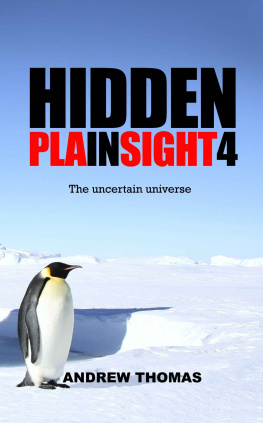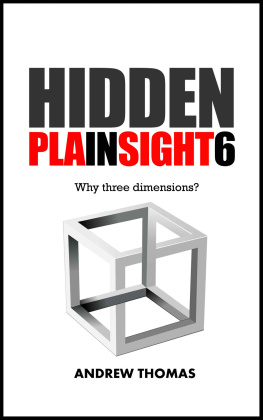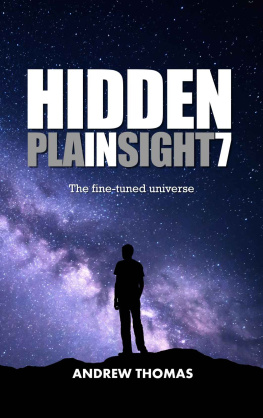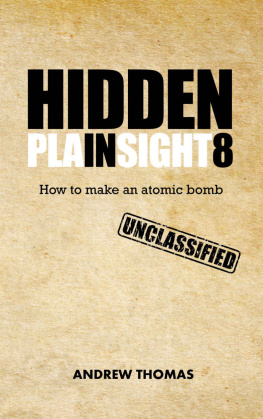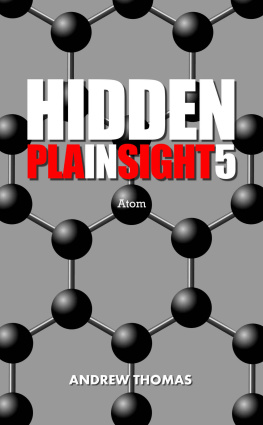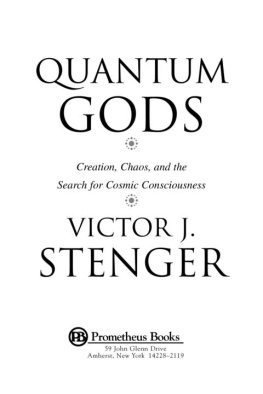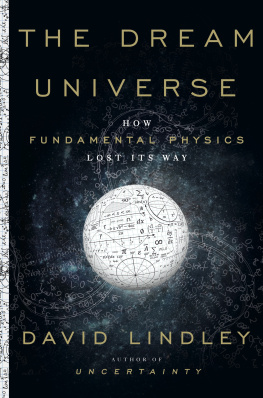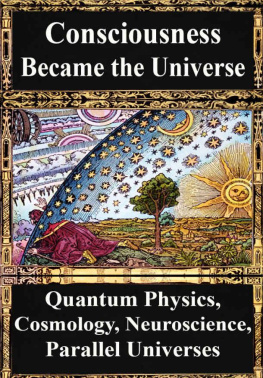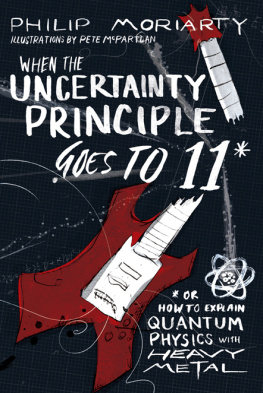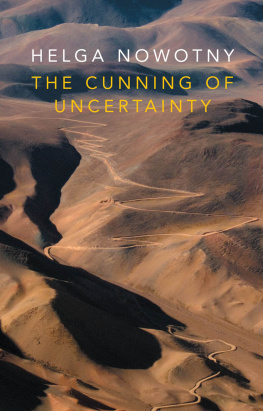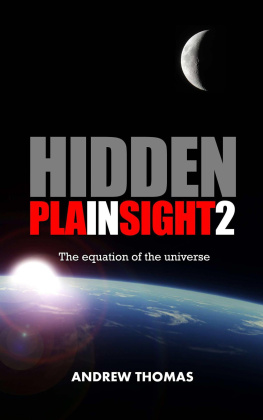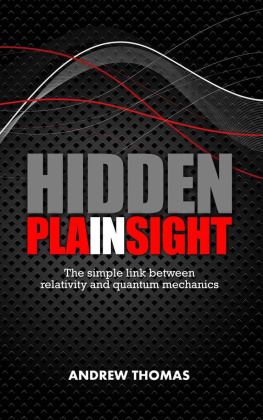HIDDEN IN PLAIN SIGHT 4
The Uncertain Universe
Andrew Thomas studied physics in the James Clerk Maxwell Building in Edinburgh University, and received his doctorate from Swansea University in 1992.
His Hidden In Plain Sight series of books are science bestsellers.
ALSO BY ANDREW THOMAS
Hidden In Plain Sight
The simple link between relativity and quantum mechanics
Hidden In Plain Sight 2
The equation of the universe
Hidden In Plain Sight 3
The secret of time
Hidden In Plain Sight 5
Atom
Hidden In Plain Sight 6
Why three dimensions?
Hidden In Plain Sight 7
The fine-tuned universe


HIDDEN IN PLAIN SIGHT 4
The Uncertain Universe
Copyright 2015 Andrew D.H. Thomas
All rights reserved.
CONTENTS
PREFACE
In physics and mathematics, the turbulent 20th century taught us that the universe was a far more uncertain place than was previously realised. Hopefully, the turbulent 20th century was a century in which important lessons were learnt.
Moving into the 21st century, 2014 was a very exciting and controversial year for physics. The result of an experiment was released which potentially represented the most momentous scientific breakthrough of this century. However, if the result was true then it also appeared to open the door to a strange physics of parallel universes which more resembled the physics of Star Trek than the physics of Newton.
This book considers the exciting and perhaps ultimately disappointing story of 2014, showing that not all the 20th century lessons about uncertainty have been learnt.
Andrew Thomas
(hiddeninplainsightbook@gmail.com)
Swansea, UK
2015
I now have a Twitter account on which I will post updates: twitter.com/andrewthomas101
I have now sold over 100,000 books. I could not do what I do without your support. Thank you so very much.
Oh, and I do know that there are no penguins at the South Pole
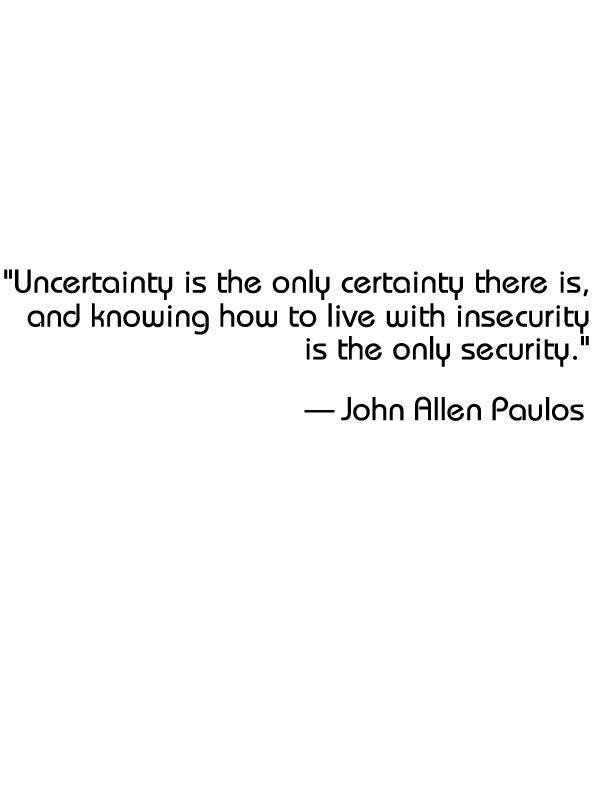
LAS VEGAS
It is the summer of 1975 in Portland, Oregon.
Straight-A physics student Norman Packard is wondering how he might make some easy money over the summer months. With this in mind, he has started reading a book called Beat The Dealer written by Edward Thorp. The book details how it can be possible to win at blackjack by counting the cards which have already been played. If enough cards can be remembered, it is possible to gain a small percentage advantage over the house. Packard has an excellent head for numbers, however, when he tried the card-counting method in a casino he found the results to be disappointing leading eventually to losses.
Feeling despondent over his failure, Packard turned his attention to other games and had a brainwave: he could use his knowledge of physics to win at roulette. Specifically, he knew that the roulette wheel and ball had to move according to Newton's three laws of motion and his law of universal gravitation. If it was possible to measure the speed at which the ball was thrown and the speed at which the wheel was spun then it should be possible to predict the outcome.
Indeed, in his book The Newtonian Casino, Thomas Bass describes how a roulette wheel resembles the motion of planets under gravity: "The game of roulette, with a ball revolving around a spinning disk, resembles a model universe governed by the laws of Newtonian mechanics. Planetary ball circles solar disk until gravity sucks it out of orbit and pulls it down to stasis."
The following diagram shows the planets orbiting a spinning roulette wheel:
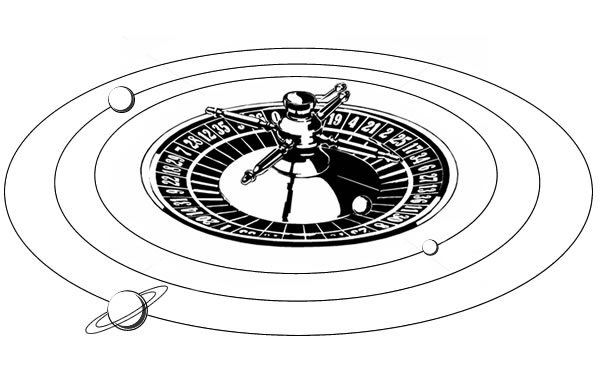
The first step was to determine the feasibility of the project. Was there enough predictability in the spin of a roulette wheel?
In order to determine this, Packard decided to measure the speed of the ball when it was thrown around the wheel. If there was too much unpredictable variation in the speed of the ball, the plan was not going to work. Packard went to real gaming tables in Las Vegas and clicked a hidden microphone in his hand each time the ball completed one revolution of the wheel. On returning to his hotel room, Packard played back the tape and measured the time between the clicks. In this way, Packard could determine not only the velocity of the ball, but could also calculate the amount the velocity decreased between each revolution. Crucially, Packard discovered that the deceleration of the ball was consistent: "As soon as you realise that there is this layer of predictability in the dynamics of the wheel and the ball then that opens the door to having the possibility to beat the game."
At this point, Packard knew the potential was there. But he also knew that a lot of work was required if he was to beat the casino. Packard called on the help of his best friend from childhood, Doyne Farmer, who was now a physics undergraduate at University of California, Santa Cruz. He managed to sell his idea to Farmer by emphasizing the intellectual aspects of the project. According to Packard: "I was interested in the intellectual interest of conquering randomness, or understanding exactly what were the limits of randomness and predictability."
However, there was also another less worthy motivation: "It seemed like a great idea to rip off casinos, who get so much pleasure out of ripping off everyone else."
While the prediction of the particular winning number would be beyond their capabilities, Packard and Farmer aimed to predict the area of the wheel in which the ball would land. They divided the wheel into eight areas called octants, each octant containing about five numbers. Ironically, a great advantage was provided by the random arrangement of the numbers on the wheel. If the numbers in a particular octant on the wheel are considered, those numbers appear to be in a completely random arrangement when laid-out on the betting table. This meant it was going to be harder to detect their method.
First, Farmer went to the main supplier of roulette wheels in Nevada and obtained a casino-grade roulette wheel. It cost $1,500 which represented the life savings of the two undergraduates. They arranged for the wheel to be shipped to Portland. However, at this point the FBI became suspicious and interviewed Farmer about his motives.
Farmer tried to convince the FBI that he collected roulette wheels, and he had no interest in using it for gambling. Instead, Farmer protested that this type of table inlaid with twelve kinds of African wood was merely a collector's item. Surprisingly, the FBI bought his story. However, unwilling to risk transporting the wheel again, Packard and Farmer based their experiment in Santa Cruz.
In order to accurately track the movement of the ball, a high-speed camera was rigged over the wheel. The forces acting on the moving ball could then be determined. As Farmer explained: "Roulette is a physical system, and if you can measure the initial position and velocity of the ball, and you know the forces acting on it, you should be able to predict what is going to happen." Analysis of the movie footage allowed them to accurately measure the ball's velocity and deceleration. The effect of friction and drag on the ball had to be determined. They could also measure

